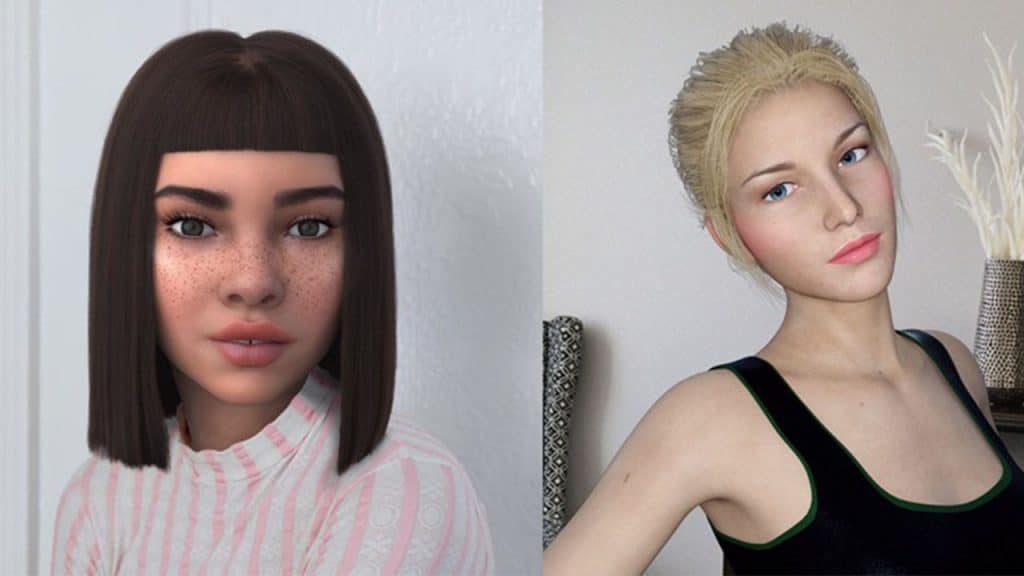At some point in April of this year, a Trump-supporting Instagram influencer named Bermuda hacked the account of Lil Miquela, refusing to give up the account until Miquela told the world the truth. This truth was that Lil Miquela is not a human being. The thing is, neither is Bermuda.
When Lil Miquela’s account launched in April 2016, she became a source of great curiosity. In the first two years of her existence on the platform, no one was able to definitively say who was behind such a tailored CGI operation.
Her Instagram feed is awash with ‘outfit of the day’ posts and lifestyle pictures, gaining her a strong following of over 1 million. She seems to be living every blogger’s dream but really, she isn’t living at all.
The hack by fellow CGI model Bermuda was a cleverly staged PR hack that linked Miquela to Brud, a Los-Angeles based startup that specializes in “robotics, artificial intelligence and their applications to media businesses.” The entire thing seemed more like performance art, with Miquela announcing that she was “no longer working with [her] managers at Brud.”
After a recent feature in V magazine, Miquela announced (via email, of course) “I’m really optimistic about the power of social media,” she tells V magazine (via email). “It’s helped me form valuable friendships, gain self-confidence, and inspire people around the world. I want it to be used for good because, like it or not, it’s part of culture now and it’s not going anywhere.”
While she may be hugely popular, Miquela isn’t the only CGI model out there. More recently to the scene is Shudu Gram, whose glossy feed has a following of 106,000 and counting. This beauty is the creation of British photographer Cameron-James Wilson, who has spent the last decade working in the fashion industry.
Shudu shot to fame after a photo of her wearing Fenty’s orange lipstick was reposted on the official page of Rihanna’s brand and her ultra life-like looks have tricked many of her followers.
These aren’t the only computer generated models to have graced our screens in recent years. Everyone knows about the members of the British band Gorillaz and let’s not forget the Japanese model Hatsune Miku that was styled for Givenchy in 2016.
There’s no argument against the fact that Instagram has become a medium for heavily photoshopped, highlighted and constructed identities meaning that the line between what’s real and what’s not real is already blurred. What does this mean for real, flesh and bone fashion models?
